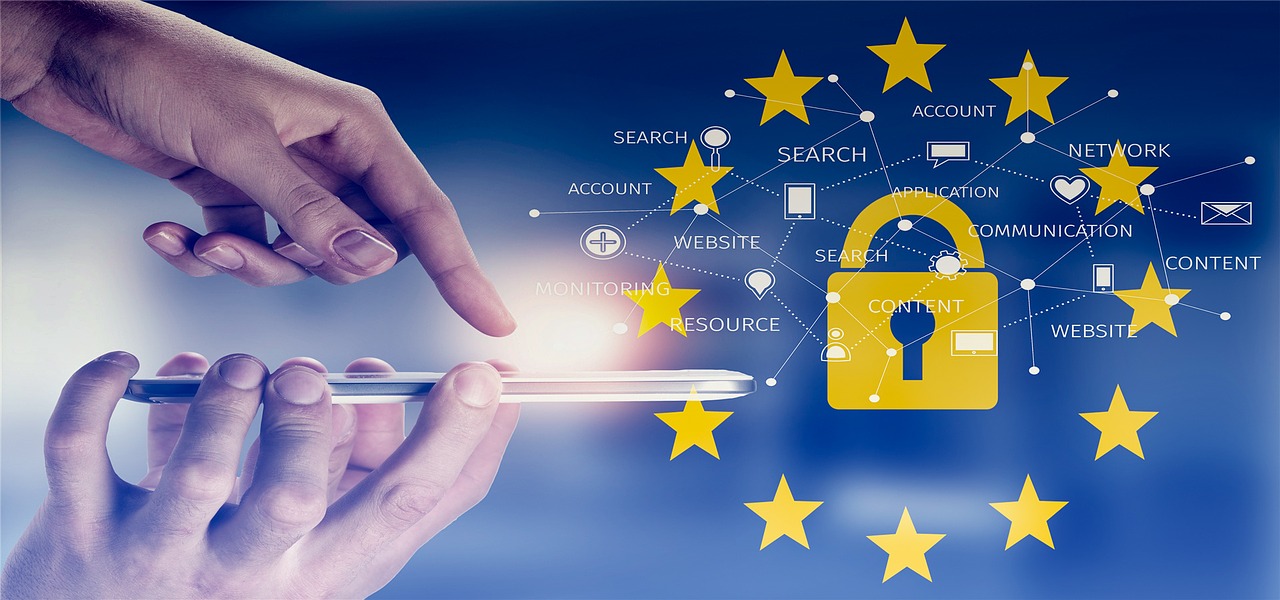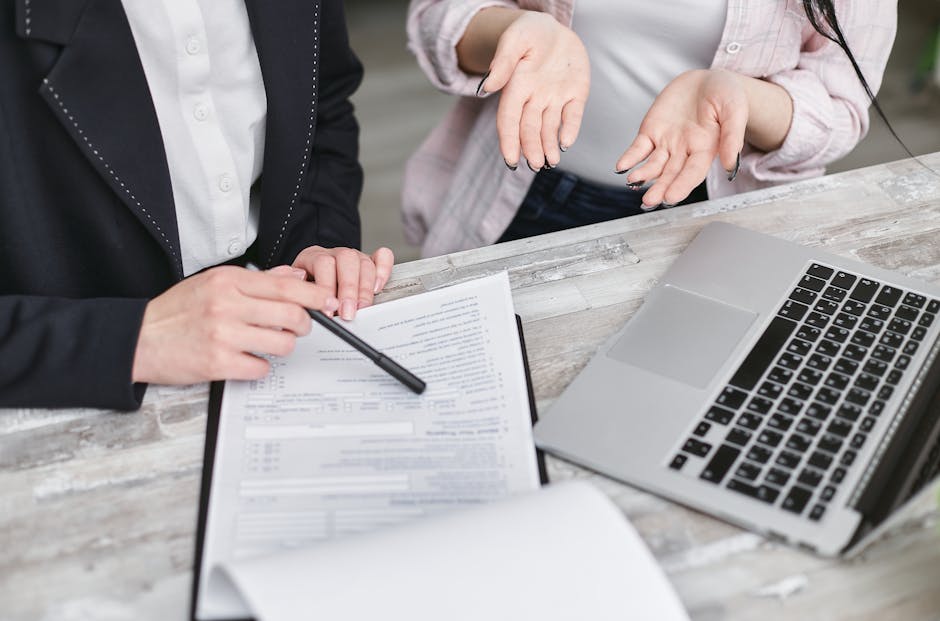
Don’t Give Away Your Identity When Making Online Purchases
Nearly two-thirds of consumer purchases in the USA today are made online. This massive increase in internet transactions has opened up a whole new world of opportunities for anyone who likes a little retail therapy.
But, with increased online purchases comes a glut of increasingly clever internet scams and fake websites that are designed purely to relieve you of your money. Whether you regularly make purchases online, or if you are only just getting into it, check out our guide to staying safe when shopping online:
-
Go with your gut
First off, if you find a website that doesn’t quite look like you remember it, or looks too good to be true – go with your gut feeling about it. If it looks a bit like a regular website, but has lots of unusual pop-ups, a weird looking http address or is badly written or designed, chances are it is a fake website, purely designed to take your money and run.
Big brand websites are not immune from being hacked, but they are less likely to, meaning that your regular shopping channels should be fine. But, this doesn’t mean that all smaller, independent websites are on the take – just go with your gut before you give them your payment details.
-
Use your laptop instead of your cell phone
Modern-day smartphones and tablets are the bomb in many respects, but they lack a certain level of security that can be found on laptops and computers. Without the latest anti-virus software, it is easier for criminals to get malware onto your device which can help them to obtain your personal details and payment information. The shortened URL’s used on mobile devices also make it harder to tell if a site is genuine or not. If you are making a large purchase, using a site you haven’t purchased from before or are in any doubt about the authenticity of a website – use your laptop instead of your phone.
It is also much safe to use a secure Wi-Fi connection like the one you have at home and to avoid using public Wi-Fi when you are shopping online.
-
Check you’re using a secure SSL
When you visit any website, check that the website address contains “HTTPS” on the browser heading. The additional “S” means that the site is secure and is using an SSL, that encrypts the information you supply. Other signs of a secure site are a closed lock or unbroken key at the bottom of the screen.
-
Keep an eye on your credit card statement
First off, make your credit card your first port of call when shopping online. This is because your credit card provider will reimburse any proven fraudulent use on your card under the terms of the Fair Credit Billing Act.
The next step to ensuring that your card remains safe is to scrutinize your statement every time you get it. If you see anything that looks a little off, you should speak to your credit card company straight away.
-
Change your passwords regularly
While it may seem convenient to use one password across a range of email addresses and online logins, it is also much easier for hackers to access all of your information. To be sure that your personal information, online banking, and any other sensitive information remains as safe as possible, use a variety of different passwords across every platform, and change them regularly.
For more information about how The Sena Group can help you with any
of your insurance needs, please contact us at 561-391-4661.
We can be found on Social Media at the following links.




